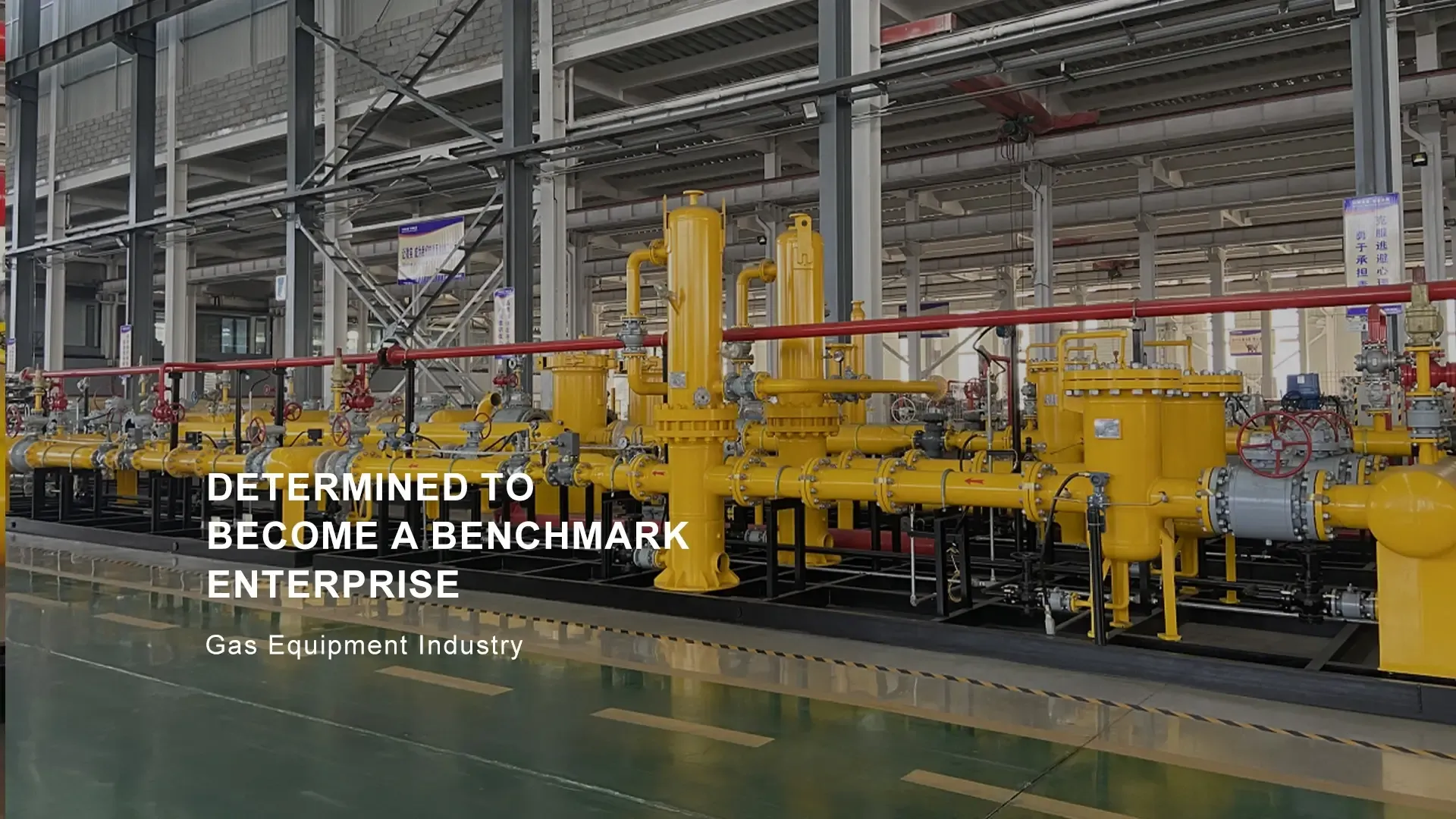
Sep . 14, 2024 20:40
Back to list
gasification equipment
Gasification Equipment Transforming Waste into Energy
Gasification equipment plays a critical role in modern waste management and energy production technologies. As the global population grows and waste generation increases, the need for sustainable solutions to manage waste and produce clean energy has never been more pressing. Gasification is a process that converts organic or fossil-based materials into a synthesis gas (syngas) through high-temperature reactions, typically in the absence of oxygen. This syngas can then be used to produce electricity, fuels, or other valuable chemicals.
At the heart of the gasification process is sophisticated machinery designed to optimize efficiency and ensure clean syngas production. The primary components of gasification equipment include the gasifier, feedstock system, and gas cleanup system. Each of these components plays an integral role in determining the overall effectiveness of the gasification process.
The gasifier is the main unit where the conversion takes place. It operates by heating the feedstock – which can include biomass, coal, or waste materials – at high temperatures, generally between 800°C and 1,500°C. This environment breaks down the feedstock into syngas, which primarily consists of hydrogen, carbon monoxide, and small amounts of methane and carbon dioxide. Different types of gasifiers exist, including fixed-bed, fluidized-bed, and entrained-flow gasifiers, each suited for specific materials and operational conditions.
gasification equipment

The efficiency of the gasification process is heavily influenced by the feedstock system. This system is responsible for preparing and feeding the material into the gasifier. It ensures the feedstock is processed properly, which includes drying, size reduction, and sometimes gasifying agents are added to optimize the conversion. The choice of feedstock greatly impacts both the quality of the syngas produced and the overall energy efficiency.
Once the syngas has been produced, it undergoes a cleaning process to remove impurities such as tar, sulfur, and particulates. The gas cleanup system is crucial, as these impurities can damage downstream equipment and affect the quality of the end products. Technologies such as scrubbers, filters, and catalytic converters are employed to ensure the syngas meets the required specifications for further use.
The versatility of gasification equipment makes it suitable for various applications. Industries are increasingly harnessing this technology not only to manage waste but also to generate renewable energy, significantly reducing their carbon footprint. As advancements in gasification technologies continue, including improved efficiency and lower operational costs, this method of energy production and waste management is poised to become more mainstream.
In conclusion, gasification equipment represents a vital innovation in tackling the dual challenges of waste disposal and clean energy generation. By converting waste into valuable resources through advanced gasification processes, we can move towards a more sustainable future, transforming waste into wealth.
Next:
Latest news
-
Safety Valve Spring-Loaded Design Overpressure ProtectionNewsJul.25,2025
-
Precision Voltage Regulator AC5 Accuracy Grade PerformanceNewsJul.25,2025
-
Natural Gas Pressure Regulating Skid Industrial Pipeline ApplicationsNewsJul.25,2025
-
Natural Gas Filter Stainless Steel Mesh Element DesignNewsJul.25,2025
-
Gas Pressure Regulator Valve Direct-Acting Spring-Loaded DesignNewsJul.25,2025
-
Decompression Equipment Multi-Stage Heat Exchange System DesignNewsJul.25,2025

